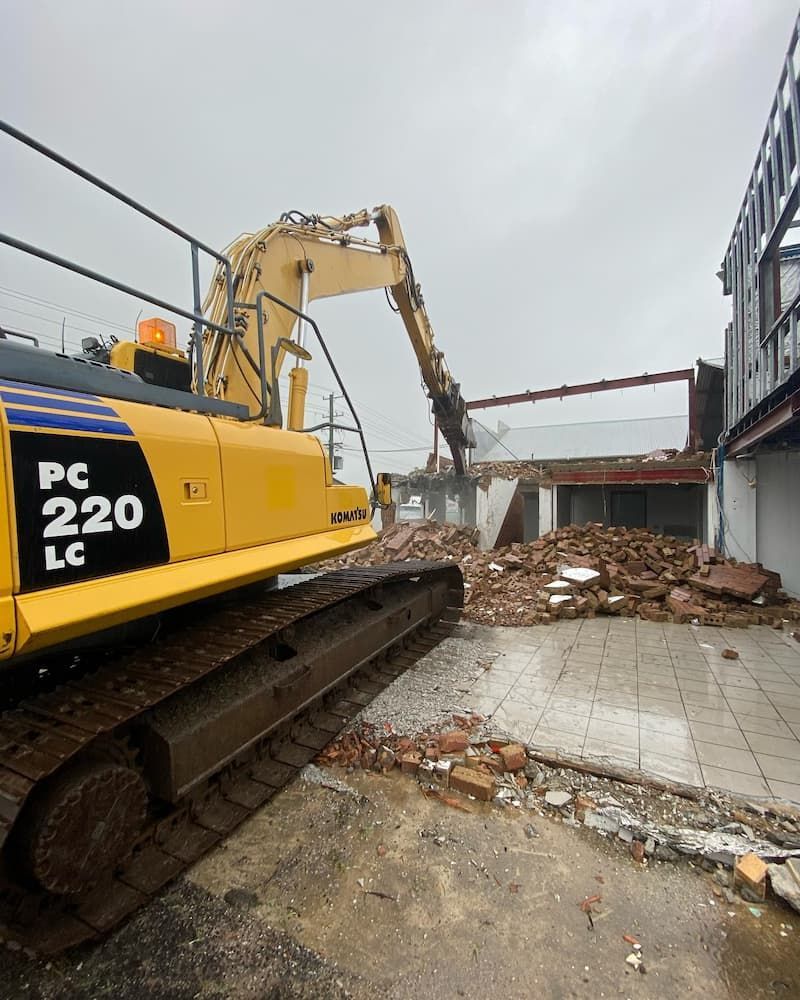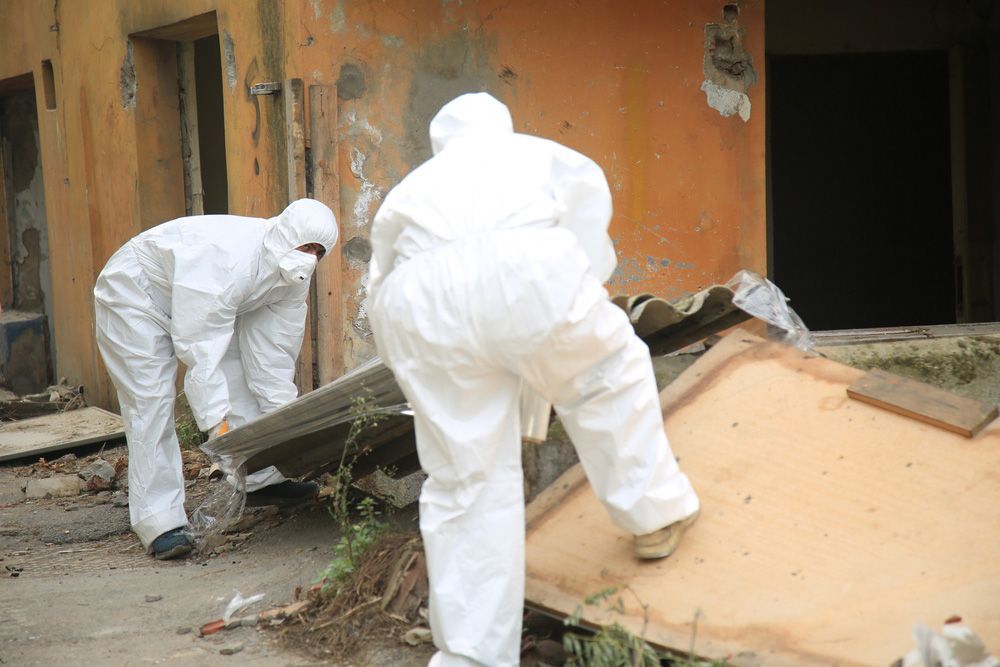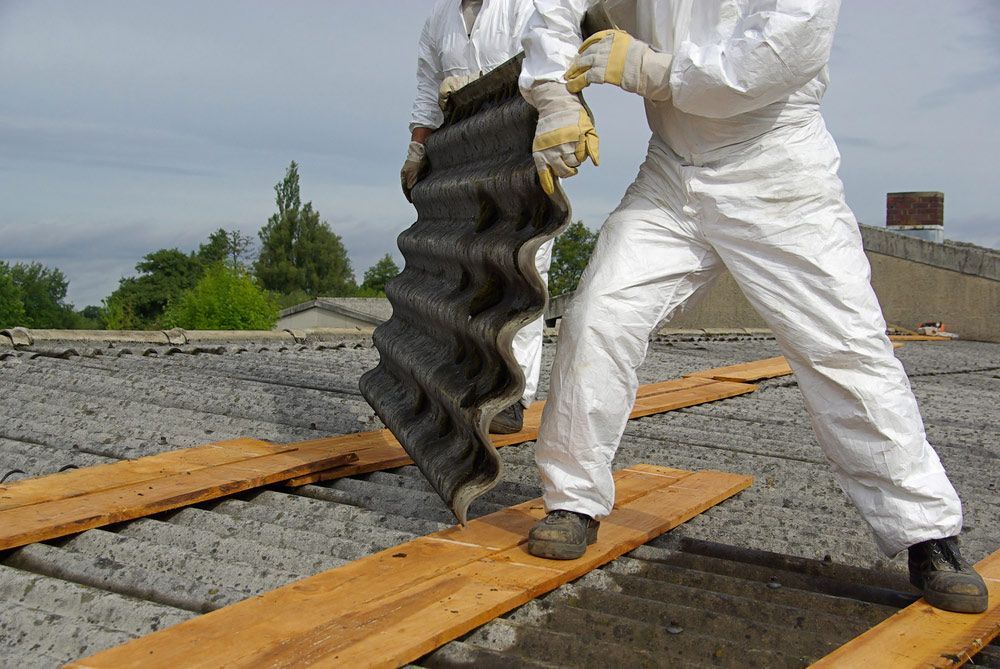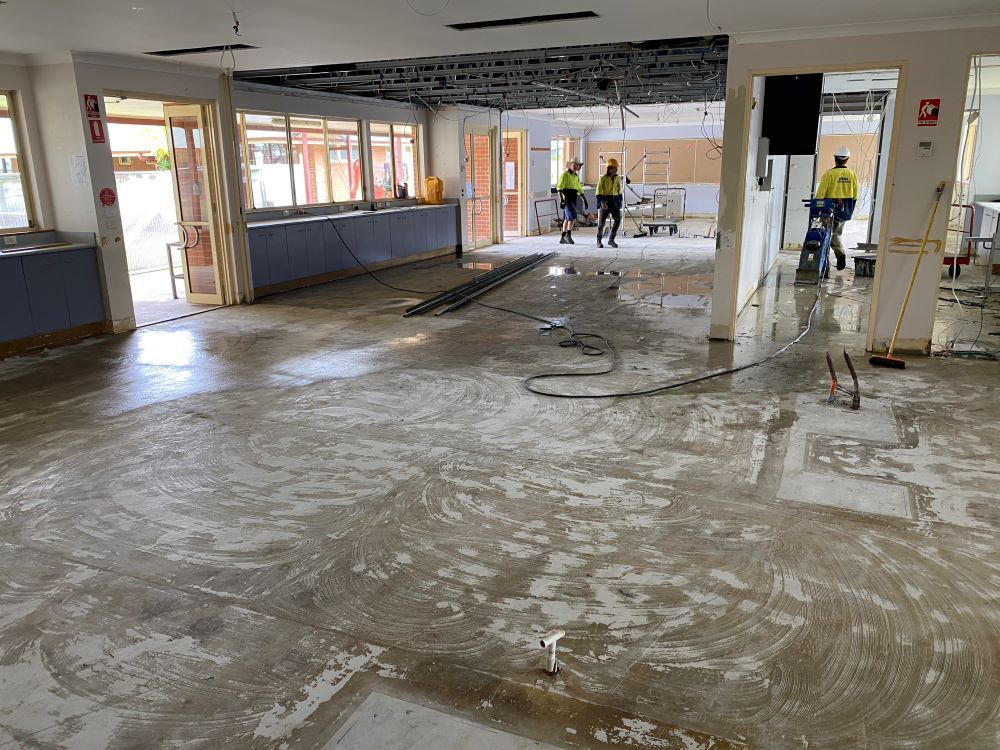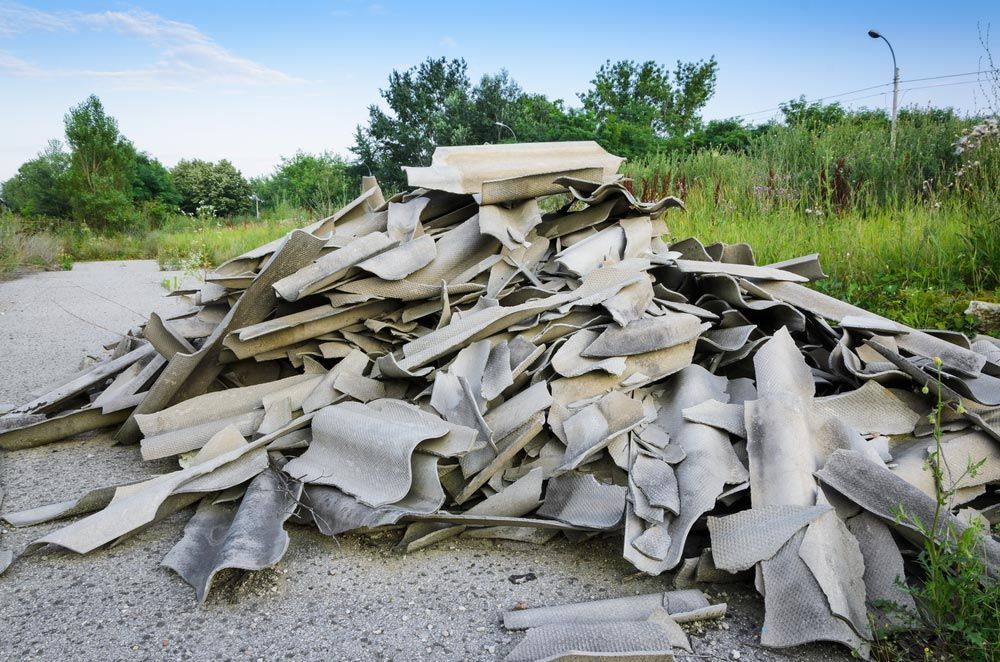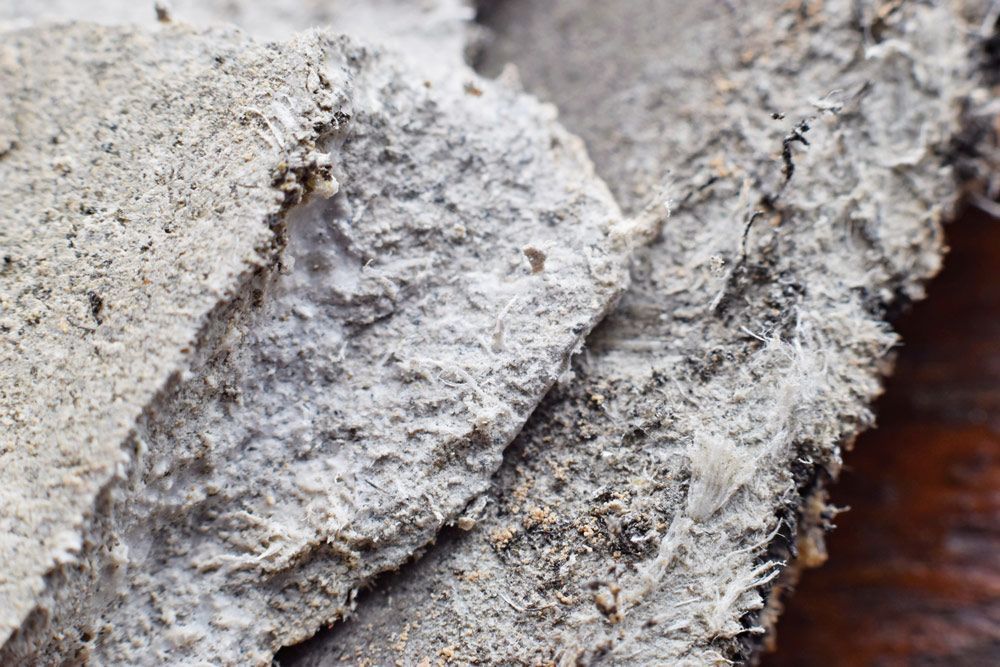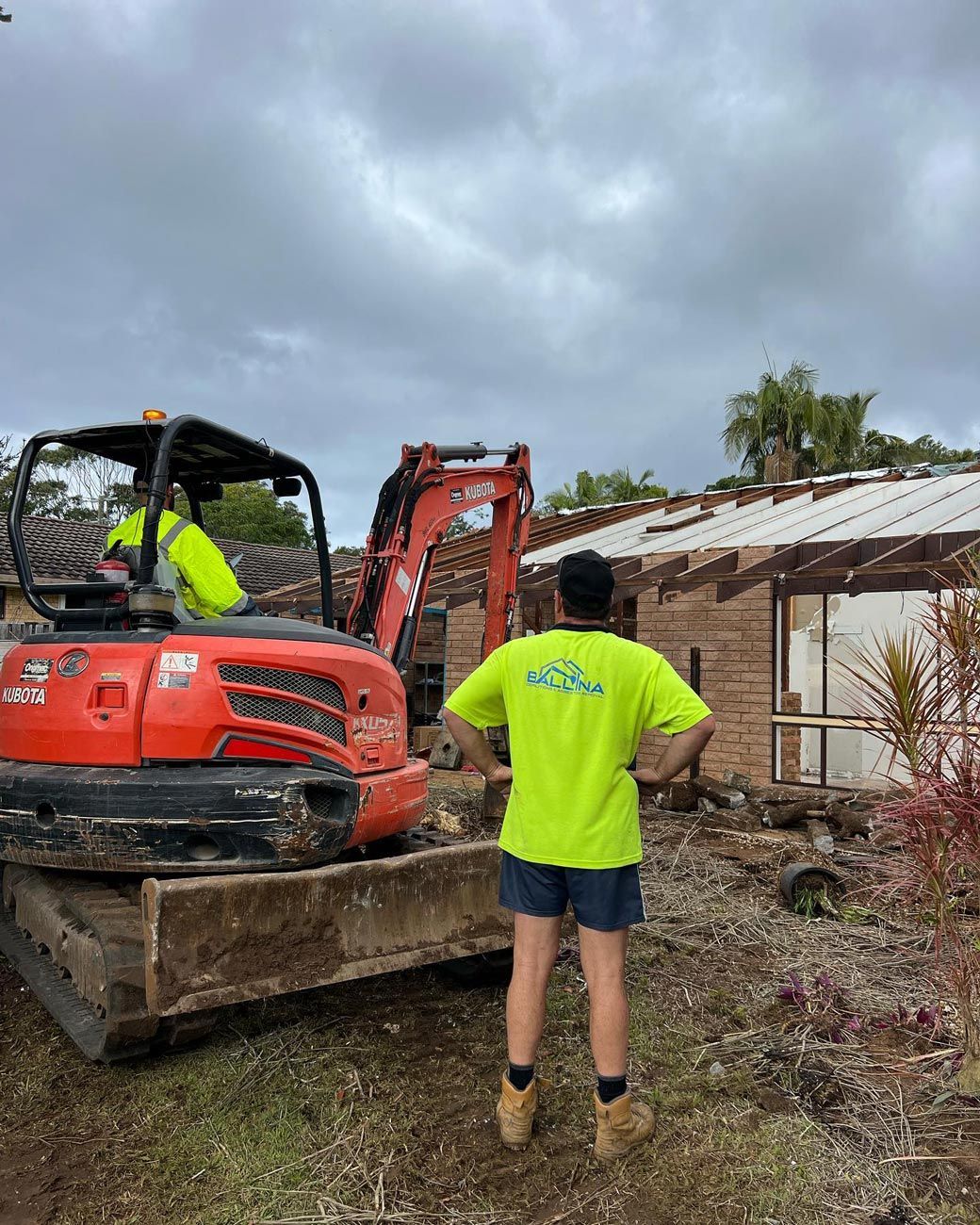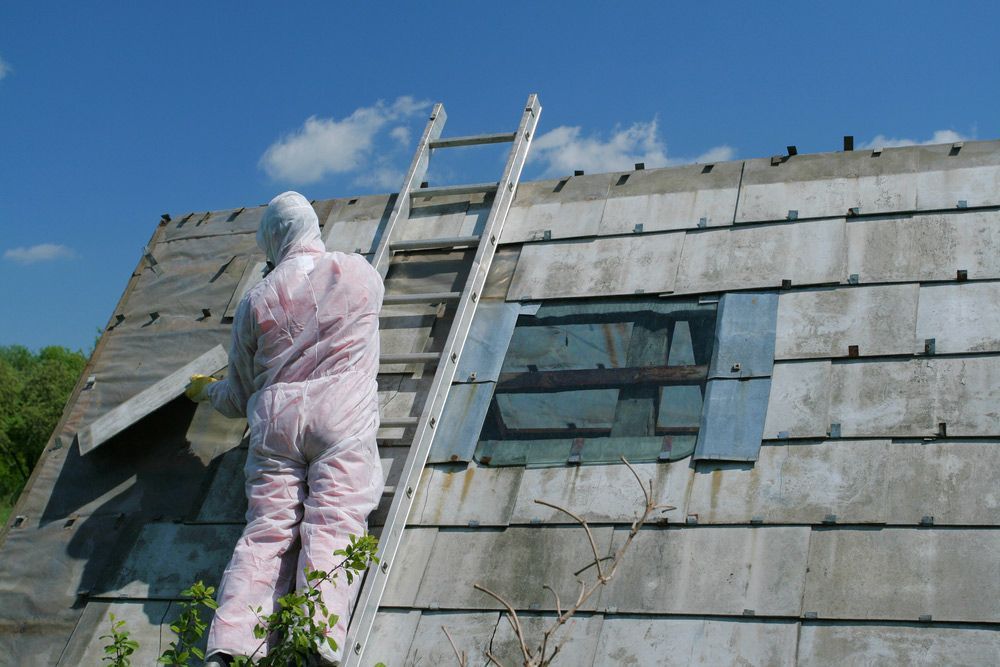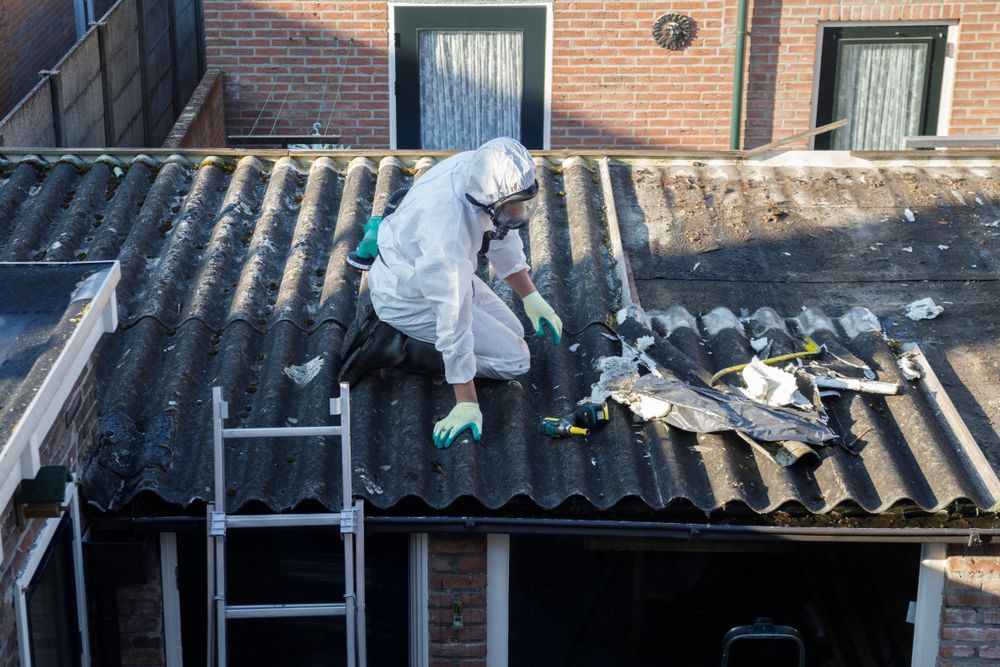How to Prepare Your Property for Demolition in Lismore
Planning a knockdown-rebuild or clearing a site for redevelopment in Lismore? Whether you're working on a residential property or a commercial site, demolition involves more than just bringing down walls. It's a staged process that requires planning, permits, safety checks, and coordination with the right professionals.
In this blog, we’ll explore what property owners need to consider when preparing for demolition in Lismore, including regulatory requirements, site preparation, and when asbestos needs to be managed.
Understand Local Demolition Regulations & Permits
Before any demolition work begins, it's important to understand the local regulations that apply to your property. Lismore falls under the Northern Rivers planning rules, and most demolitions require council approval or a private certifier's sign-off. This is particularly relevant if the building is heritage-listed, located in a flood zone, or attached to another dwelling.
A Development Application (DA) or Complying Development Certificate (CDC) may be needed depending on the nature of the work. The type of structure, its size, and its proximity to other buildings all influence the process. Even if a structure seems minor, approval is often still required.
It’s recommended that owners contact their local council early in the planning process. A qualified demolition contractor can also assist with identifying what permissions apply to your specific project.
Choose a Licensed Demolition Contractor
Demolition is a high-risk activity and should only be carried out by a qualified, licensed contractor. In New South Wales, demolition work involving buildings over 4 metres tall, load-bearing elements, or asbestos must be performed by a contractor with a valid demolition licence.
Choosing a contractor with experience in demolition in Lismore means they understand regional conditions, soil types, and any site-specific challenges such as access, environmental sensitivity, or heritage overlays. Look for providers with relevant insurance, safety accreditations, and the ability to manage permits on your behalf.
Engaging the right contractor also helps prevent delays or compliance issues during demolition and waste disposal.
Conduct a Pre-Demolition Site Assessment
Before demolition starts, a thorough site assessment is conducted to identify safety hazards, structural risks, and any regulated materials, including asbestos. The assessment may involve:
- Verifying structural stability and identifying dangerous components.
- Checking the location of underground services such as water, sewer, gas, and electrical lines.
- Identifying any asbestos-containing materials (ACMs) within the structure.
- Reviewing the accessibility of the site for machinery and waste removal.
This assessment forms the basis of a safe work plan and allows time to organise any required services, such as asbestos removal in Lismore, ahead of demolition.
Manage Asbestos Risks Safely
Asbestos is a common building material in homes and structures built before the 1990s. If your building contains fibro sheeting, vinyl tiles, or asbestos roofing, these materials must be identified and removed by licensed professionals before demolition proceeds.
Asbestos removal in Lismore must comply with NSW Work Health and Safety (WHS) regulations and be carried out by a trained asbestos removalist. It’s not something that can be legally or safely managed through DIY methods.
An asbestos clearance certificate is usually required before the demolition of any structure containing or suspected of containing asbestos. This process helps protect workers, neighbours, and the surrounding environment.
Disconnect Utilities & Services
Before any demolition begins, all utility services to the site must be properly disconnected. This includes:
- Electricity supply.
- Water and sewerage.
- Gas connections.
- Telecommunications lines.
The disconnection of utilities must be performed by licensed technicians, and you may need to provide proof of disconnection before demolition approval is granted. This step is critical to prevent hazards such as gas leaks, water damage, or electrocution during the demolition process.
Remove Fixtures, Furniture & Hazardous Materials
In addition to asbestos, there are other items and materials that need to be removed before demolition. This includes:
- Loose furniture and household items.
- Paints, chemicals, oils, and other hazardous materials.
- Appliances and whitegoods.
- Flammable items such as gas bottles or fuels.
Property owners are usually responsible for clearing these items prior to handover. In some cases, the demolition team may assist with strip-outs, but this needs to be arranged in advance.
For commercial or industrial buildings, additional waste streams such as machinery, IT equipment, or chemicals may need to be handled separately.
Secure the Site & Notify Neighbours
Demolition projects can be disruptive, especially in residential or shared commercial areas. It’s courteous—and in some cases mandatory—to notify neighbouring properties ahead of time. This gives residents a chance to prepare for dust, noise, or temporary access issues.
Securing the site with fencing or barriers is also essential for public safety and insurance compliance. Your contractor will typically supply this, along with signage and access control measures.
For larger projects, traffic control plans may be required to manage vehicle movements and protect pedestrians around the work zone.
Plan for Waste Management & Recycling
Demolition creates large volumes of waste, including bricks, timber, concrete, metal, and insulation materials. A comprehensive waste management plan should be established prior to starting work.
In Lismore and broader NSW, there are requirements around minimising landfill and maximising material recovery. Many demolition contractors separate recyclable materials on-site and dispose of regulated waste through licensed facilities.
Proper waste planning not only reduces environmental impact but also helps keep your project within budget by avoiding tipping fee penalties and transport inefficiencies.
Consider Erosion Control & Site Rehabilitation
Once demolition is complete, the site may be prepared for redevelopment or left vacant for a period. In both cases, soil erosion and runoff control must be considered, particularly on sloping blocks or properties near waterways.
Your contractor may install temporary silt fencing, stabilise disturbed soil with mulch, or leave the site graded and compacted, depending on its next use. Planning for this during demolition helps prevent future compliance issues and avoids damage to surrounding properties.
Request a Quote for Demolition in Lismore
Preparing a site for demolition in Lismore involves far more than tearing down a building—it’s a strategic process that prioritises safety, planning, and environmental responsibility. From securing permits and disconnecting utilities to managing asbestos removal in Lismore, each step plays a role in protecting people, property, and the success of your redevelopment project.
At Ballina Demolitions, we support property owners across Northern NSW with professional demolition services that are safe, compliant, and tailored to local conditions. Whether you're planning a knockdown-rebuild or clearing space for something new, we're here to help. Contact us today to discuss your next project and request a site assessment.

